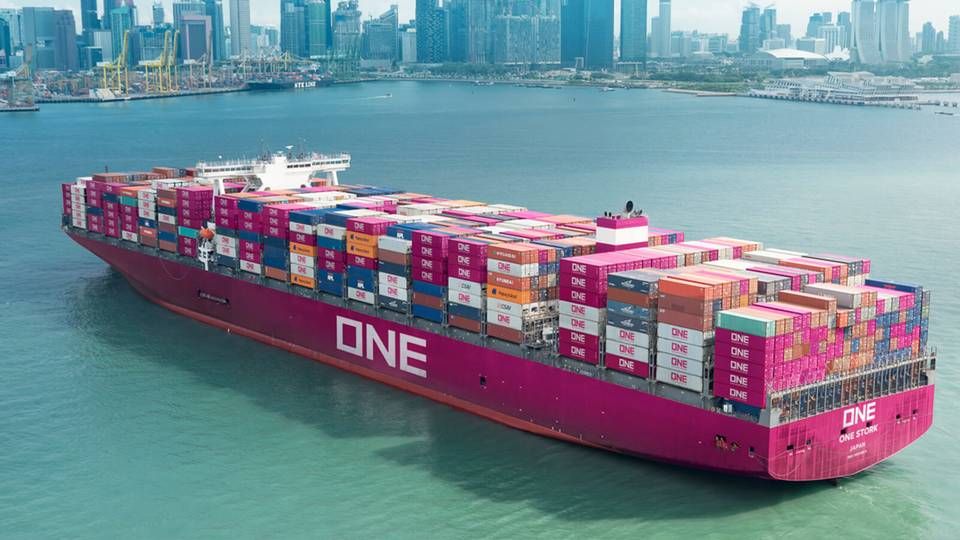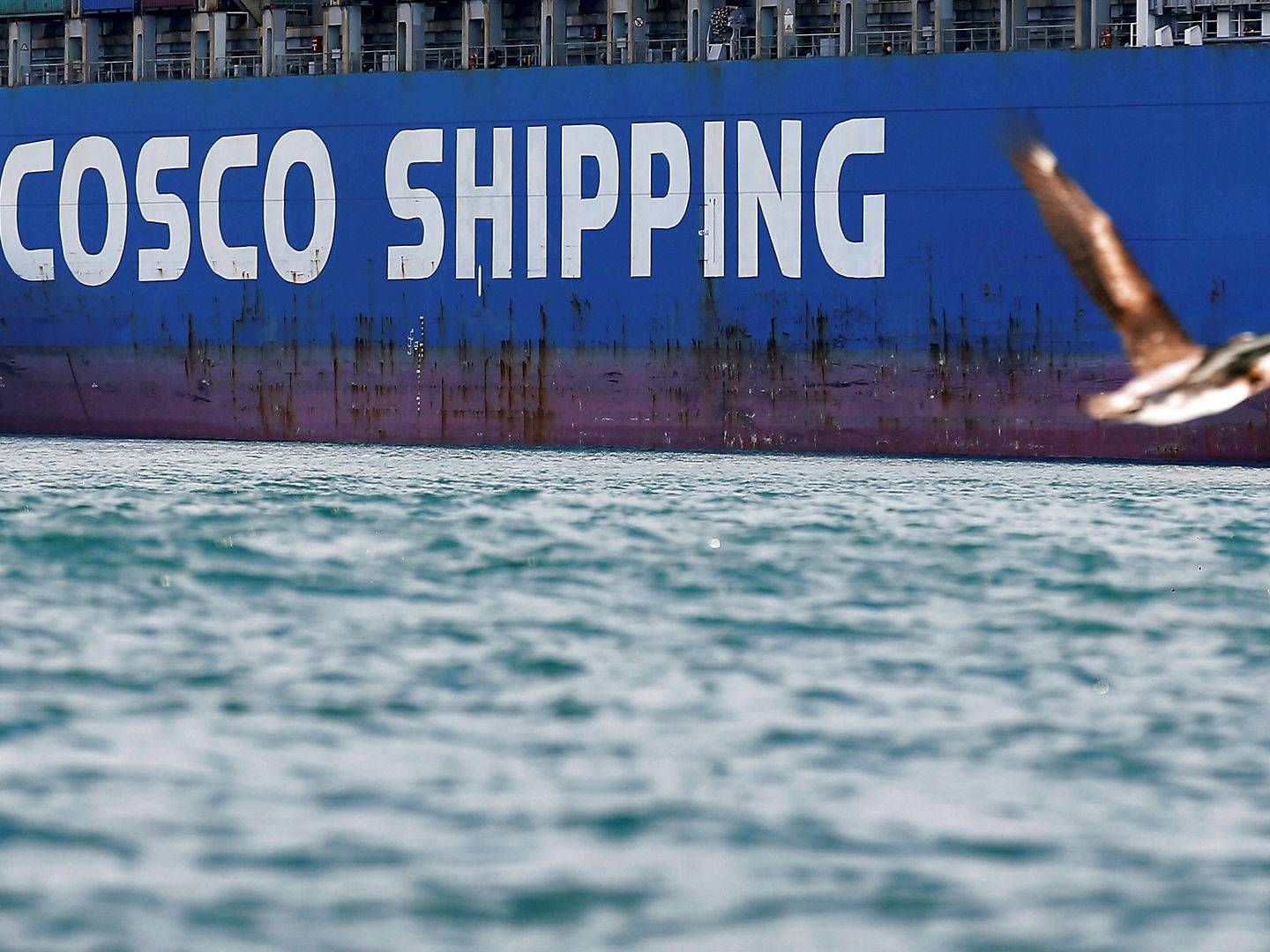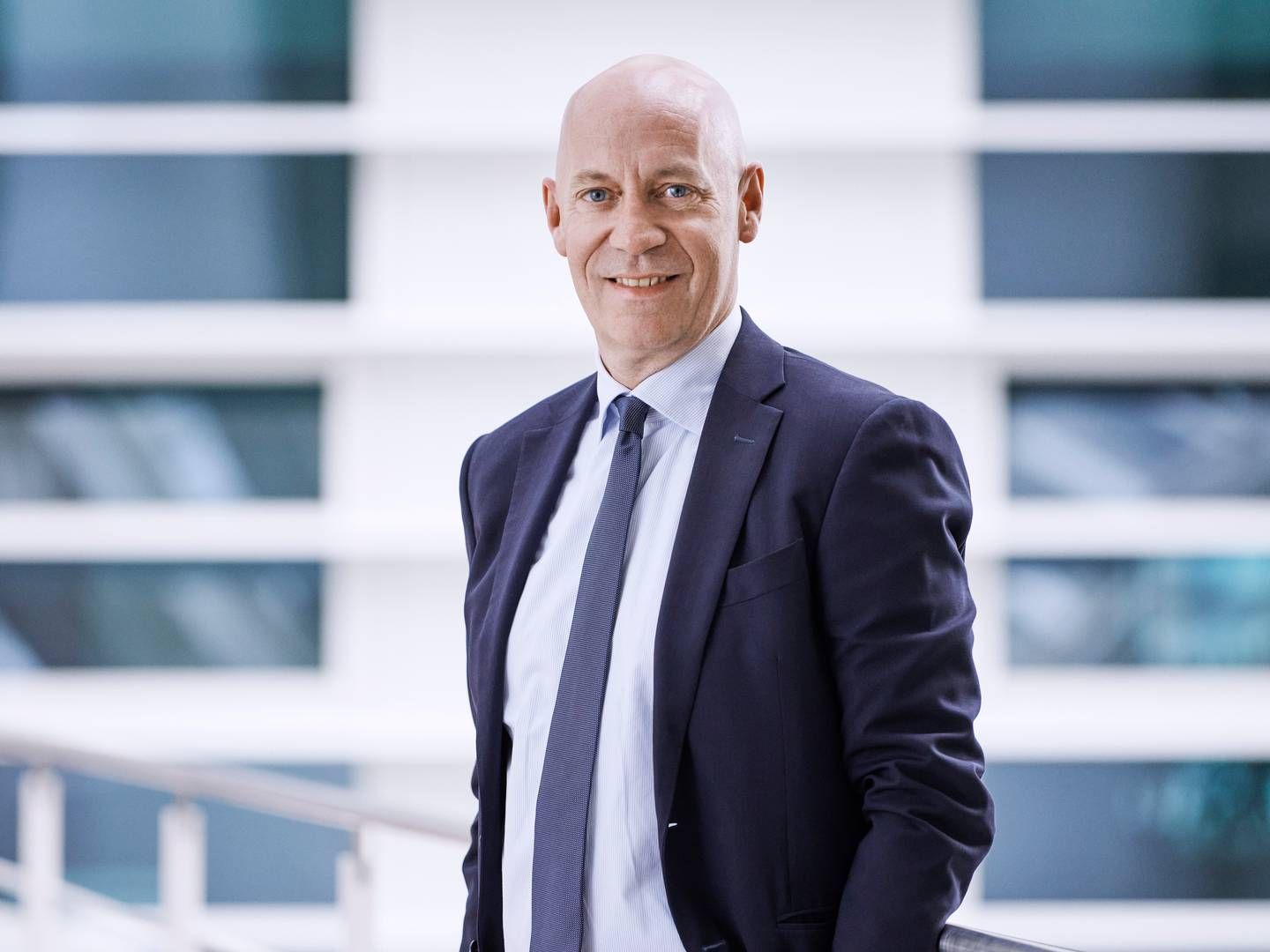ONE preparing an expansion of its fleet of mega-ships

SINGAPORE
Obviously, Ocean Network Express' (ONE) headquarters at Marina One in Singapore are furnished with bright magenta containers marking the easily recognizable corporate color of the carrier.
Although the launch and the first fiscal year, above all, were clearly a disappointment to the three Japanese owners and CEO Jeremy Nixon, ONE has never made an effort to hide its existence or its goals.
Right now, the shipping line has almost concluded the integration process, including the close to USD 1 billion that have been absorbed from the synergies by merging three Japanese companies’ container business into ONE. Meaning that the management group is entering and preparing the next phase in which the gigantic start-up, as ONE was named, will work even more on par with its peers trying to exploit and balance ups and downs.
The new strategy will look into the next couple of years and is expected to be presented this spring, probably in April. An expansion of the fleet of the biggest container vessels will be part of the future strategy, which are now under discussion.
Cannot deny benefits of large vessels
"Savings from the integration have been taken. We are discussing the next strategy with the aim that it is just as comprehensive as the plan we are concluding now," Managing Director Noriaki Yamaga says in an interview with ShippingWatch:
"In that respect, we cannot deny the benefits of huge vessels, even though it is not the only factor to strengthen us in the market. Today we have six 20,000-teu container ships, and that number could be increased to give ONE a better balance in the portfolio of vessels."
With improved efficiency, including lower per-unit costs for its vessels, ONE intends to be comparable to the larger European liner companies like Maersk and CMA CGM, which have worked to better the performance of their existing assets, and, in the case of CMA CGM, to add new efficient tonnage to the fleet.
Asked how many mega-vessels could be ordered, Yamaga says the questions – including the exact size and number of vessels as well as the timing not being fixed yet – will also have to be discussed further in view of the entire future service network offered by The Alliance.
Among them are Hapag-Lloyd, but more interesting, probably, is that HMM will join in April and is gearing up its presence in megasize.
The introduction of HMM's new, huge vessels to The Alliance is already gaining attention, but Yamaga believes the fleet can be absorbed among The Alliance members and the number of vessels balanced among them.
Must improve bottom line
Eventually, the objective of the new strategy is to provide decent returns to the three Japanese owners who saw the move to consolidate in 2017 as a way to have a say, some would say to survive, in an industry which has changed its character radically over the last couple of years. After a serious downturn for ONE during the first fiscal year, 2019-2020, which ends in March this year, looks much more promising, although definitely not satisfactory.
In October last year, ONE had to downsize its expectations for the full year, foreseeing a profit of around USD 60 million. That has not changed so far, and Yamaga does not hide the fact that this is far from where the bottom line should be, with a turnover of around USD 12 billion.
"60 million dollars is not the satisfactory level toward the future. We should be able to benchmark with the European carriers, and the strategy should help us to get there. We are elaborating on our strong points and identifying what is missing as part of this process. Looking ahead, I believe the market does not look that bad. The US-China crisis did not impact the industry that much. The trade was taken to other countries in Asia like Taiwan and South Asian countries such as Vietnam and Thailand, and although forecasts for global growth have again been revised downward, the industry could adapt its fleet to the demand by cutting excess capacity," Yamaga says.
Are you optimistic with regard to 2020?
"I don't have to be pessimistic, or cautiously optimistic. I think the industry will get more stabilized, and it was proven in 2019, which could be a turning point."
So far, the price gap between traditional and low-sulfur fuel has worked against ONE, which opted to have scrubbers installed on only a few of its vessels. The managing director regards the expanded gap as a market reaction that will end soon and become the normal state.
"Although it is difficult to predict, gap in the long term will be much smaller than that of today," he concludes.
Related articles
New container association has "open invitation" for Cosco
For subscribers
THE Alliance unveils route network after admitting HMM
For subscribers



















